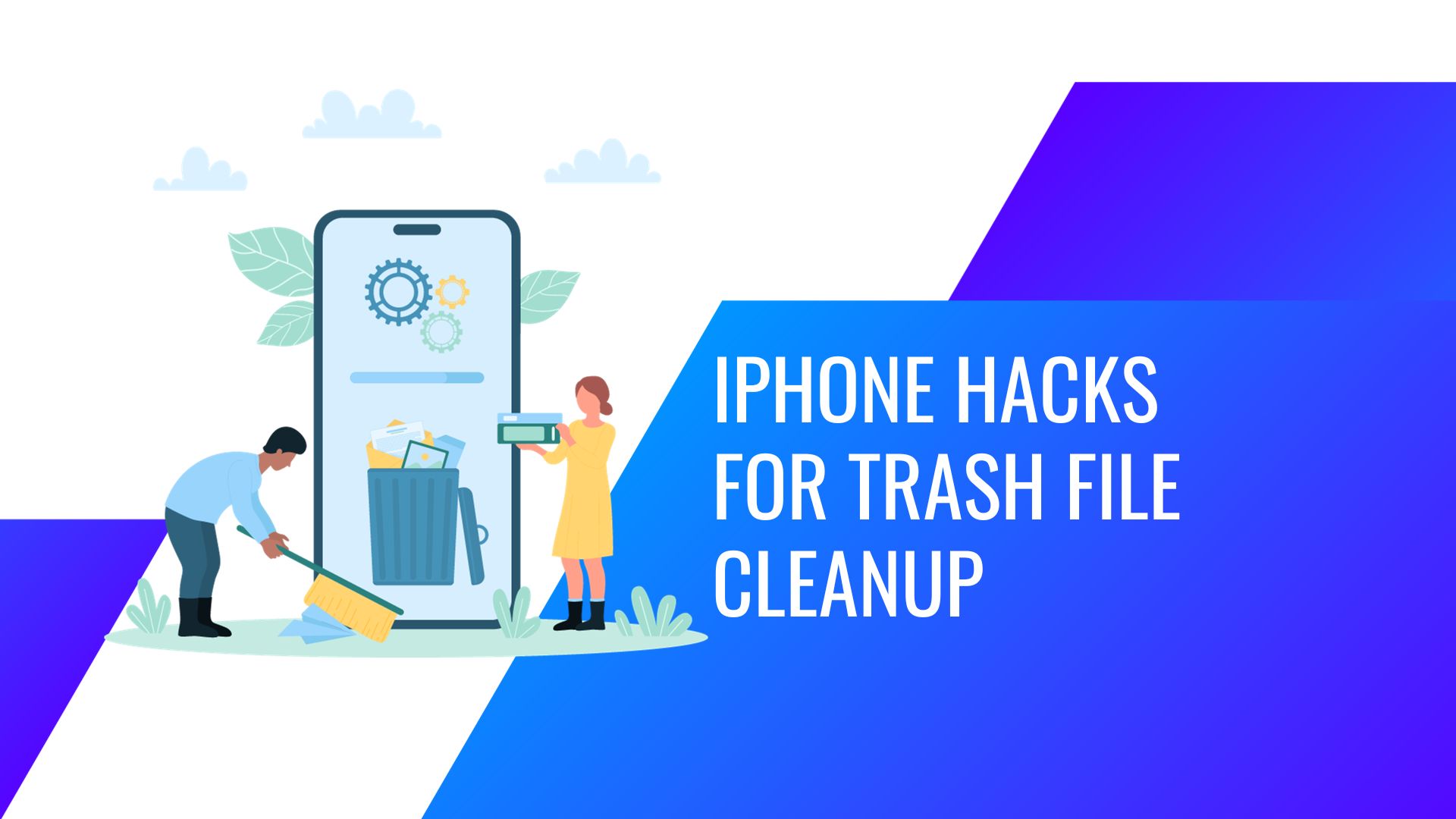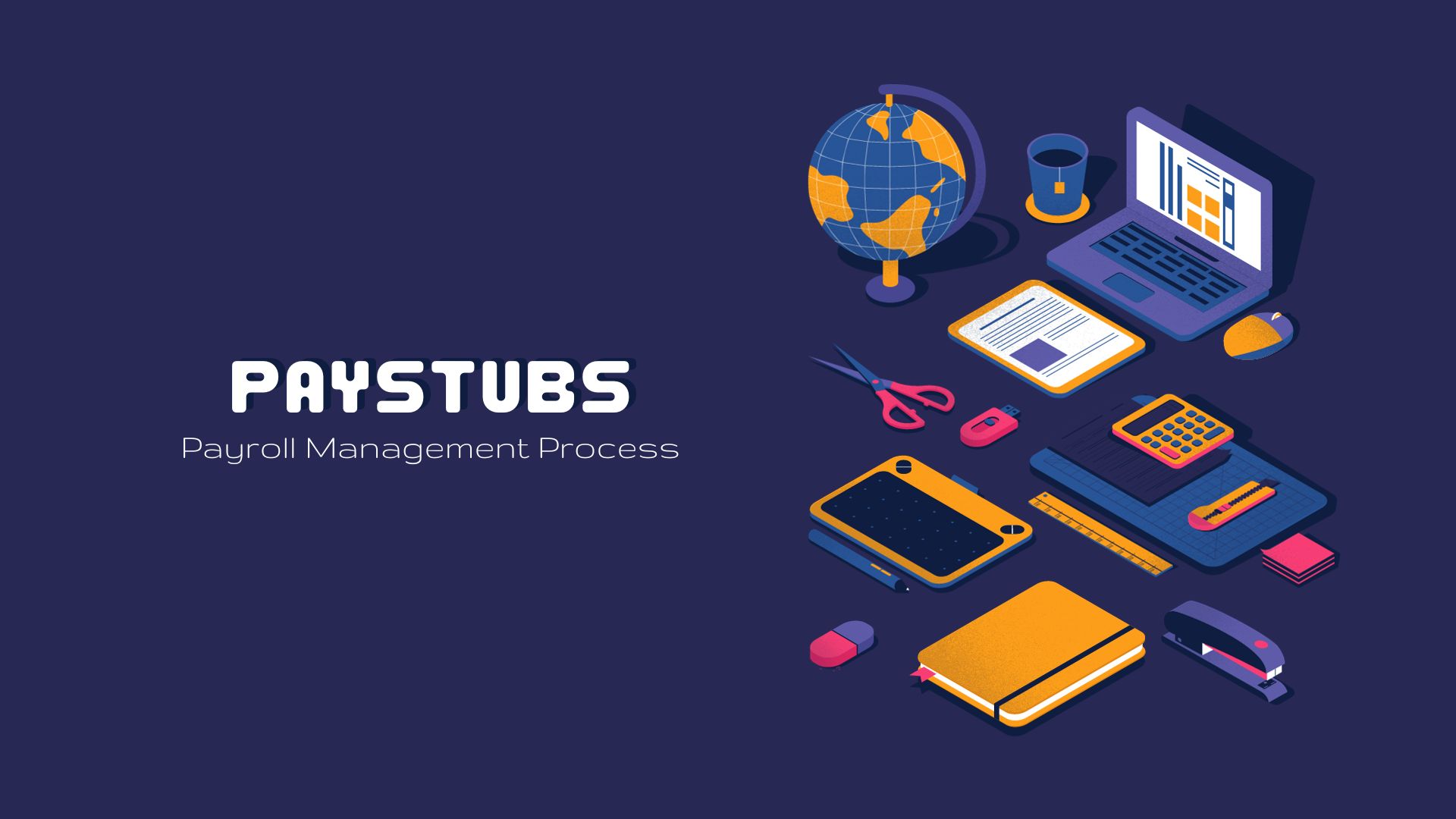4 Tips for Successful BYOA Governance
WHAT WE HAVE ON THIS PAGE
By Steve Moss, Capgemini Mobile Solutions
The “app culture” era is upon us, transforming the way we work, play, learn and live. At work, employees increasingly use their own third-party productivity applications to improve productivity and access cloud-stored data in a trend called bring-your-own-app (BYOA). A boon for worker productivity, the trend is a governance nightmare for IT leaders.
Fortunately, there are concrete ways that organizations can work better with employees to provide them with the flexibility to use their own applications while protecting the firm against security risks.
The Rise of BYOA
The BYOA trend dates back to the 1980s when employees in financial firms would bring their own spreadsheet applications or formulas from home to help with calculations. Although companies have traditionally tried to subdue the pace of the app trend, they are seeing that with the right policies BYOA presents tremendous business opportunities to boost employee creativity, ingenuity, productivity and overall satisfaction.
According to Gartner, 60 percent of organizations will use private app stores to deliver business apps on media tablets and smartphones in 2015 and, by the end of next year, there will be more than 300 billion app downloads from mobile app stores yearly. BYOA’s rapid acceleration requires companies to make strategic decisions on how to best manage the various governance challenges it presents.
BYOA Governance’s Missing Ingredient
The trick to overcoming this is finding a balance between providing employees the flexibility and freedom they need to solve problems, while still implementing a set of guidelines that work to create accountability. All too frequently, however, as organizations look to find this perfect balance, they tend to overlook a key success factor: employee engagement.
Effective BYOA policies require consistent participation of employees. Even though guidelines exist to help employees work more efficiently by using their own applications, companies have been too timid in asking employees to take a stake in ensuring compliance.
Here are three ways organizations can reverse this trend:
Encourage Collaboration with Clear Guidelines
Workers will bring their own apps into the workplace, sanctioned or not, and IT leaders must acknowledge this fact and use this as a starting point to implement effective guidelines.
Keeping lines of communication open and encouraging employees to be active participants in the app selection and maintenance process evokes a sense of personal responsibility and is critical to setting those guidelines. By engaging employees and helping them understand the differences in the applications they are using, juxtaposed with the software the company relies on to manage core business processes, senior management can increase accountability and greater compliance with BYOA policies.
Guidelines also serve as a reference point for all future BYOA employee inquiries. Clearly defining what BYOA means for the organization – do’s and don’ts, instructions on setting up and using apps as well as IT-approved templates and intuitive tools – empowers employees with the resources and understanding needed to quickly provide solutions for their specific needs.
Increase Accountability among Upper Management
BYOA is a top-down initiative, and change management is a critical component in helping to achieve success with any program. Junior staff will follow the lead of senior executives in terms of which apps they use.
To ensure compliance with guidelines, risk and accountability must be shared in ways that enforce consequences for infractions. Including governance guidelines in management bylaws, for example, adds weight to the importance of having management buy-in and incites a greater sense of responsibility. Further, incorporating BYOA policy compliance as an element in executive performance reviews reinforces accountability.
For example, Uber’s popularity is posing challenges for managers whose employees use the service for business use. According to Certify, in April 2015 Uber started appearing on more expense reports than taxis. This is an opportunity for organizations to embrace the use of the Uber app, while setting guidelines that ensure compliance.
Additionally, according to The New York Times, in March Uber added functionality that allows organizations to set trip time and location parameters to help managers enforce compliance. Managers could communicate to employees that the company will approve Uber costs on expense reports and allow them to download and use the app in the form of the company app store, which links to their corporate cards. These guidelines should be clearly defined in the terms of use delivered during the installation of the application from the company store.
Use Private App Store to Drive App Adoption
Once guidelines are set and management is driving compliance, developing an app store can help further drive successful BYOA adoption. However, not all app stores are created equal. Public app stores, for example, are not only unsecure for corporate environments but they make it difficult for employees to find the ones they need.
IT leaders may also implement a mobile device management solution, but that requires a full infrastructure solution before the apps are even in place. Instead, developing a customizable private app store that makes finding the right app easy to search and download is an enterprise’s best bet for encouraging long-term user adoption.
Collect Feedback via App Store
Most companies have realized that they need a corporate app store, but they do not engage with employees to establish ways for them to provide feedback on apps offered within the store. By encouraging discussion between IT and employees (end users), IT can identify popular apps and gain visibility into the kind of content employees are accessing as well as how they are managing them.
Creating a two-way communication mechanism for employees to voice complaints or satisfaction allows employers to aggregate the feedback and supply the app store with more apps that are not only company compliant, but better cater to employee needs.
Takeaway: Involve Employees in BYOA Governance
The BYOA trend, although only recently recognized as such, has been brewing in the workforce for some time. In order to maximize the productivity benefits associated with it, organizations must be able to navigate the governance challenges BYOA presents.
While there’s still much debate on the best ways to do so, one thing is clear: Employee involvement is critical on many levels. Companies will expose themselves to unnecessary security and risk management challenges if employee involvement and communication is not a focal point.
Steve Moss is Mobile Secure Global Manager at Capgemini, a global provider of consulting, technology and outsourcing services.

Sean Michael is a writer who focuses on innovation and how science and technology intersect with industry, technology Wordpress, VMware Salesforce, And Application tech. TechCrunch Europas shortlisted her for the best tech journalist award. She enjoys finding stories that open people's eyes. She graduated from the University of California.








